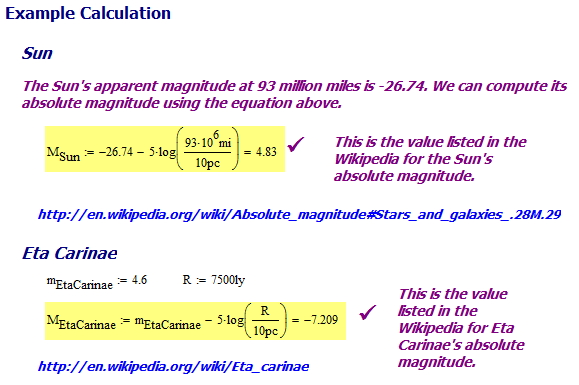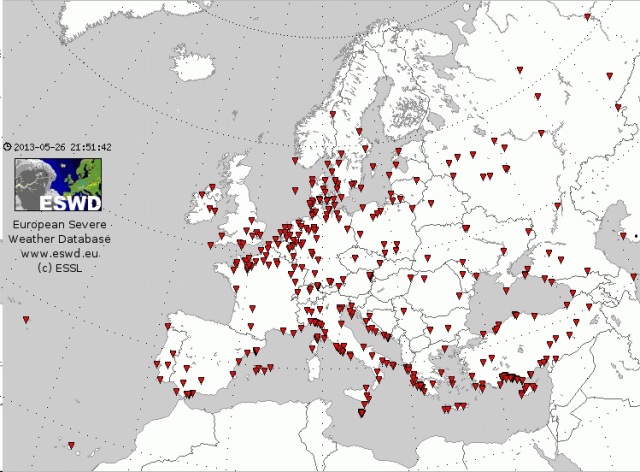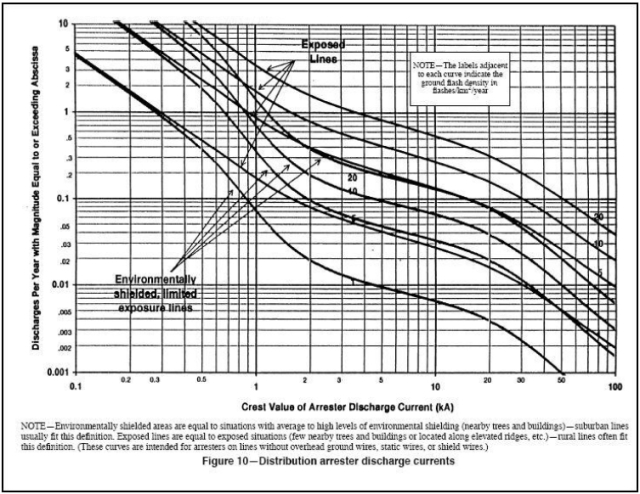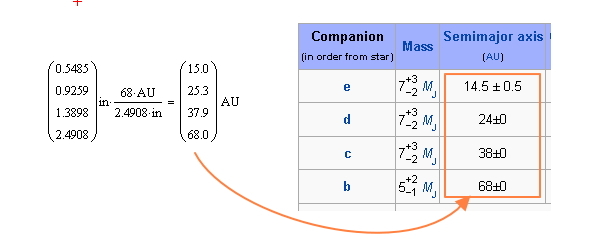Introduction
Today, I was asked a question about the amount of visible optical power that actually reaches the Earth's surface. I also need to compute the illuminance of this optical power, which tells me how bright this light appears.
The word visible is the interesting part of the question because it involves the human eye. In optical engineering we often break problems into one of two types, radiometric or photometric. Radiometric problems simply treat light as a form of energy and we do not care whether it can be seen or not. I normally work in the radiometric area -- the only light on my fiber is infrared. The photometric area involves the human eye and what can be seen. This area of optical engineering goes way back to the time of candles. Ever heard of candle-power? Photometry is quite different from radiometry and even has its own units.
I thought this was an interesting question that would also allow me to demonstrate a common application of integral calculus. Just a quick problem, but it does answer a question that came up. While I need only approximate results, but the method I use can easily be made more accurate. I only have a short period of time to come up with an answer.
The most difficult part of this area of optics is understanding the terms associated with lighting as perceived by the human eye, so I will spend a bit of time on the definitions. I have chosen to use the same symbology as the Wikipedia and I make liberal use of links to that wonderful source of information.
Background
I am going to base my definitions on those from the Wikipedia. I will add some commentary that will hopefully help explain the terms a bit better.
Definitions
- candela (symbol:cd)
- The candela is the luminous intensity, in a given direction, of a source that emits monochromatic radiation of wavelength 555 nm and that has a radiant intensity in that direction of 1?683 W per steradian. The odd factor of 1/683 was chosen to make the candela close in value to the original unit called the candle.
- luminous flux
- The luminous flux is the total radiated power factored by the sensitivity of the human eye. The eye's sensitivity is different for different wavelength. The lumen unit computes the human eye-equivalent 555 nm light level. Measuring light levels in units of lumen is useful for comparing the eye-perceived light level of different light sources. Two lights generators with the same lumen output will produce the same level of lighting as far as the human eye is concerned.
- lumen (symbol:lm)
- The lumen is a unit that describes luminous flux emitted into a unit solid angle (1 steradian [sr]) by an isotropic point source having a luminous intensity of 1 candela.
- lux (symbol:lx)
- The lux is a unit of illuminance that measures the luminous flux per unit area. The lux level from the at object determines its brightness. Photographer's light meters measure light level in terms of lux (they may display in other units, but they measure lux).
- luminosity function
- The luminosity function or luminous efficiency function describes the average spectral sensitivity of human visual perception of brightness as a function of wavelength. For example, the human eye is much more sensitive to green light than it is to red light. This means that for a red light to have the same brightness to the human eye as green light, the red light must be at a much higher radiated power level. I think of luminous flux as measuring the an amount of light relative to an amount of 555 nm light with the same human eye response.
- illuminance
- Illuminance is the luminous flux incident per unit area on a surface. It is measured in units of lux [lumens/m²].
- solar constant
- The amount of solar radiation that reaches the Earth. The value is usually assumed to be ~1.361 kW/m², however, the solar "constant" is not really constant because the distance between the Earth and Sun varies throughout the year. Anyone wanting to accurately measure this radiation can measure the radiation for themselves by using on of these weather stations. Getting an accurate reading of the radiation can greatly effect the results of this investigation. Solar activity also varies slightly during the Sun's 11 year cycle.
- solar irradiance spectrum
- The electromagnetic power emitted from the Sun as a function of wavelength.
Luminous Flux Calculation
I want to calculate the maximum luminous flux per m² at the Earth's surface. Evaluating Equation 1 will give me what I want (modified from this source).
| Eq. 1 |
where
- Ee is the luminous flux per unit area [lx = lm/m²]
is the standard luminosity function [dimensionless]
is the spectral power distribution of the radiation [W/m²/nm]
- ? is wavelength [nm]
Solar Irradiance Spectrum
The Wikipedia has a great article on sunlight that provides an excellent graphic that illustrates the optical power spectrum of the Sun in space and at sea level (Figure 1). Figure 1 is describe by the function described as part of Equation 1.
I will be digitizing this graph for analysis purposes. Because I only need an approximate result, I will not be worried about doing an extremely accurate job. Accurately digitizing a jagged spectrum like we see in Figure 2 is time consuming.
Luminosity Function
The Wikipedia also has a graphic that illustrates the sensitivity of the optical eye relative to its sensitivity at 550 nm, which is the wavelength of maximum sensitivity. I will use the function described by the dark solid black line (CIE 1931 standard). I chose that function just because it is still commonly used for describing the eye's sensitivity under well-lit conditions. It will work fine for my approximate analysis here. I will use Figure 2 for my , described as part of Equation 1.
![Figure 2: Photopic (black) and scotopic (green) luminosity functions.[c 1] The photopic includes the CIE 1931 standard[c 2] (solid), the Judd–Vos 1978 modified data[c 3] (dashed), and the Sharpe, Stockman, Jagla & Jägle 2005 data[c 4] (dotted). The horizontal axis is wavelength in nm.](http://mathscinotes.files.wordpress.com/2013/06/luminosityfunction.jpg?resize=576%2C382)
Figure 2: Photopic (black) and scotopic (green) luminosity functions.[c 1] The photopic includes the CIE 1931 standard[c 2] (solid), the Judd–Vos 1978 modified data[c 3] (dashed), and the Sharpe, Stockman, Jagla & Jägle 2005 data[c 4] (dotted). The horizontal axis is wavelength in nm.
Analysis
Figure 3 shows my analysis. The basic approach is simple, but appeared to work.
- Digitize Figures 1 and 2 (I use Dagra)
- Use a spline interpolation to create continuous versions of these functions.
- Generate the product of the solar irradiance and the eye's luminosity functions.
- Integrate the product of the two functions (Mathcad).
My analysis shows that Figure 1 represents a 100K lux light level at sea level. While the solar constant is about 1350 W/m² for light in space, only about 1000 W/m² actually gets through the atmosphere (Wikipedia states 1004 W/m²). Of this amount, only about 378 W/m² gets through in the form of visible light. Of the visible light, the eye perceives it as having the same brightness 143 W/m² of 555 nm light. Since I was working assuming that the Sun is directly overhead (90° solar angle), this is as bright as things get because the light has the least atmosphere to pass through. Appendix A shows how the maximum light level drops with solar angle.
Conclusion
My answer of 146 W/m² agrees reasonably close with the answer 170 W/m² given by the "Handbook of Optical Metrology: Principles and Application" by Yoshizawa (ISBN 1420019511), and a snippet from this reference is included in Appendix B. So I think I understand how this number is determined.
Appendix A: Dynamic Range of Sunlight on Earth As a Function of Solar Angle
.
Figure 4 is a log plot of some data I found on this web page. I was surprised at how quickly the brightness level drops as the solar angle decreases.
Appendix B: Text Quotation on the Solar Irradiance at the Earth's Surface
Figure 5 is an excerpt from the "Handbook of Optical Metrology: Principles and Application" by Yoshizawa (ISBN 1420019511) that states his estimate for the luminous power at sea level on the Earth.























